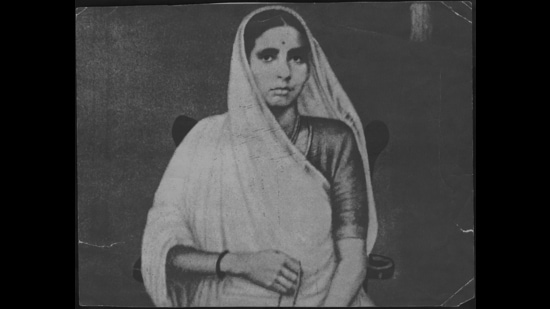Four deaths, the right to life, and the Jayaprakash Principle
The government’s prerogative to prosecute is not to be questioned. Nor the court’s to punish. But this much can and needs to be said: No undertrial or convict should be rendered vulnerable and susceptible to disease or morbidity with the condition reaching the point of becoming fatal. He or she must, on sickness being verified, get medical aid promptly and professionally with the prospect of supervised release.
The purpose of this column is to retrieve from the pages of history four episodes, among countless, of illnesses contracted by Indian prisoners and their subsequent deaths.

The first three are of Indians in South Africa, imprisoned for participating in satyagraha campaigns between 1908 and 1913 for fundamental civil rights and self-respect.
“Sammy” Nagappen was a young indentured labourer from the Madras Presidency. Imprisoned in 1909, he was sentenced to hard labour. Nagappen was made to work, in Mahatma Gandhi’s words, “as a prisoner on the African veldt in the bitter cold of winter, in the early morning when there was no sun”. One can imagine the young lad with DNA that intended him for a life under the Tamil sky, unable to withstand the South African chill and, what is more, labouring in it. Even after he took ill, Gandhi says, Nagappen “still held on…”. Released when death seemed imminent, Nagappen died on July 6, 1909.
Harbut Singh, 75, was an indentured labourer from the United Provinces. He was jailed at Volksrust in 1913, with Gandhi. The Mahatma records that the man was “6 feet tall and of noble carriage”. Gandhi asked him why he had opted to participate in the satyagraha at that age with all the risks involved. The doughty Indian said: “In the evening of my days, I am content to pass the rest of my life in prison to deliver my countrymen.” Singh died of pneumonia on October 5, 1914.
Valliamma, a Tamil girl of 18, was arrested for participating in the march and jailed with Kasturba Gandhi, among others, in Pietermaritzburg, with hard labour. She was released when she was ill. Gandhi, just out of prison, went with his associate, Henry SL Polak, to see her. “…we lifted her with the greatest care on to her carpet and tended to her”. Valliamma died on February 22, 1914.
On the same date, but in 1944, Kasturba Gandhi died of grave illness in prison in Poona. The House of Commons was informed on March 2, 1944 “…She was receiving all possible medical care and attention, not only from her regular attendants but from those desired by her family.” To this, Gandhi, responded: “The deceased herself had repeatedly asked the Inspector General of Prisons for Dr Dinshaw Mehta’s help… Again the regular physicians Drs Nayar and Gilder made a written application for consultation with Dr B C Roy of Calcutta… The Government simply ignored their written request and subsequent oral reminders.” The House of Commons was also told that no request for her release was received by the government, to which Gandhi asked: “Would it not have been in the fitness of things if the Government had at least offered to her, me, and her sons, to release her?” And then said: “The mere offer of release would have produced a favourable psychological effect on her mind. But unfortunately no such offer was ever made.”
Jayaprakash Narayan, imprisoned as the infamous Emergency was proclaimed in 1975, was released when his health collapsed. His release and subsequent medical attention, painfully slow as they were in coming, saved his death not very long thereafter from being attributed to his imprisonment.
The government’s prerogative to prosecute is not to be questioned. Nor the court’s to punish. But this much can and needs to be said: No undertrial or convict should be rendered vulnerable and susceptible to disease or morbidity with the condition reaching the point of becoming fatal. He or she must, on sickness being verified, get medical aid promptly and professionally with the prospect of supervised release. The right to life demands this. No detention or sentence is meant to run concurrently with illness. A sick detenu’s right to medical attention with the release on bail or under a bond, if asked for and found to be justified, amounts to a principle, no less. The Jayaprakash Principle.
Gopalkrishna Gandhi is a former administrator, diplomat and governorThe views expressed are personal
All Access.
One Subscription.
Get 360° coverage—from daily headlines
to 100 year archives.



HT App & Website







